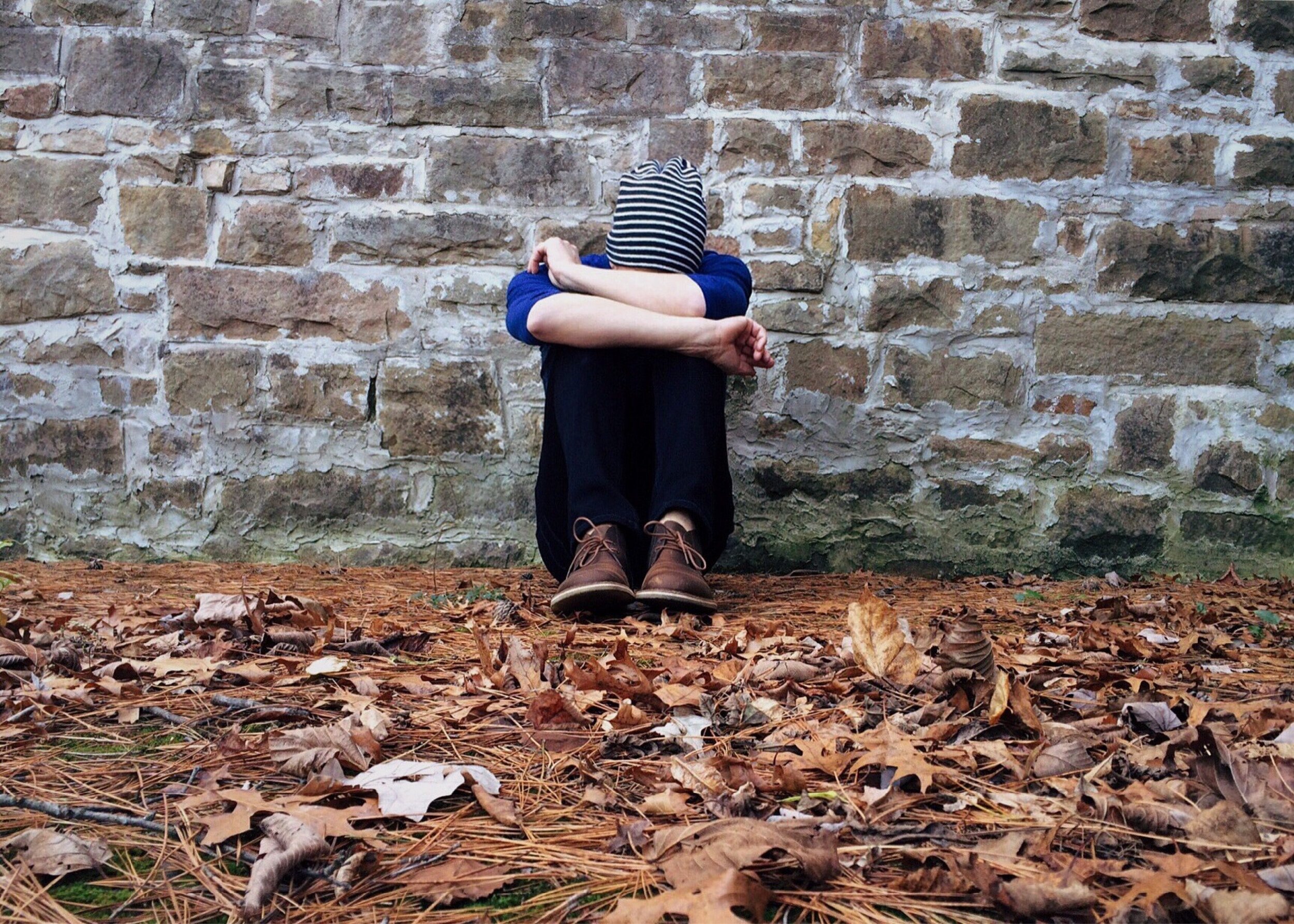Tips to help beat Seasonal Affective Disorder (SAD) and COVID Affective Disorder (CAD)
What is Seasonal Affective Disorder and COVID Affective Disorder?
Seasonal Affective Disorder or (SAD) is a term used to describe a type of depression that comes and goes in a seasonal pattern. But I think there are many more people who suffer from more subtle changes in mood, energy, motivation at this time of year.
I also believe that the current situation with Coronavirus and increased restrictions here in the UK as we move into Autumn will cause the number of people who experience a change in their physical and/or mental wellbeing at this time to be even higher. I’ve termed this COVID Affective Disorder (CAD) but this is just a label I have created - it’s not a recognised condition - but who knows maybe it will be soon enough.
There are so many overwhelming things going on in the world right now, many of which are outside of our control, but we need to focus our energy and attention on the things we can change.
“Give me the serenity to accept the things I cannot change,
The courage to change the things I can, and the wisdom to know the difference.”
There are many things we can do to support our mood and wellbeing at this time, whether you suffer from SAD every year or you’ve found that this year CAD is impacting your wellbeing.
So as we say goodbye to the summer sun and hello to the autumn leaves try one or more of these tips to help you feel your best.
5 tips to keep you healthy and happy this autumn and winter
Get at least 30-mins of daylight - and I don’t mean looking at it through a window. Get out into the daylight, just sit and be or walk – it doesn’t really matter what you do, just expose your body to daylight. As the season progresses, and the days get shorter this can become increasingly difficult. But you know that thing in the middle of the day called a lunch break? Rather than just inhaling food while continuing to work at your desk, actually stop and get out for some fresh air.
Add gentle movement into your weekly routine - more and more I am talking to my clients about introducing movement into their lives rather than simply introducing exercise which can feel more pressurised. I suggest they add intuitive movement - something which feels right for them - into their day. Intuitive movement should be based on how you feel that day, rather than what you think you should be doing. It might be a yoga class, some stretching at home, a walk in the park, a HIIT class or even a 10-mile run! It will be different for everyone, every day, but movement of any kind can help stimulate the release of GABA – a relaxing chemical found in the brain which has a calming effect on the body.
Increase tryptophan-rich foods - found in eggs, spinach, nuts and seeds, salmon, chicken and turkey, this amino acid is the precursor to serotonin - your body’s happy hormone. It also indirectly helps boost the production of melatonin, which promotes sleep, giving your energy a little boost too.
Get your vitamin D levels tested. If I have clients who complain of low mood and energy in the winter months, I will always get their vitamin D levels checked. The best form of vitamin D comes from the sun - or more precisely from the conversion of UV rays in the skin into vitamin D3 - the biologically active form of the vitamin. Vitamin D3 has been shown to be more effective than D2 at raising vitamin D in the blood and while it can be found in some food sources including oily fish, egg yolk, butter and liver, you cannot get sufficient levels from food alone. This fact combined with low sunlight levels, particularly in winter, increases the risk of vitamin D deficiency in the UK. Low vitamin D has been linked to low energy, poor immunity and low mood. But like most vitamins, there's an optimal level – you can have too much of a good thing – so I always suggest clients test before supplementing. You can ask your GP for the test or get an at-home test kit online.
Get cosy and hygge at home. Hygge has exploded in the UK over the last few years. It’s the Danish idea of creating a warm inviting cosy space at home where you can take refuge from the cold and dark outside. Think candles, warm hearty food, log fires, mood lighting, fluffy socks and blankets, doing things that make you smile, and finding joy in simple pleasures. As we move towards spending more time at home again, embracing this to make your home cosy and an inviting place to be is going to be key to enjoying being at home so much again. We’re lucky enough to have the optimal hygge accessory a log burner, but even if you don’t you can create a cosy vibe with candles, side lamps, blankets, cushions, warm drinks and delicious healthy meals. Try some of my simple healthy recipes here.

